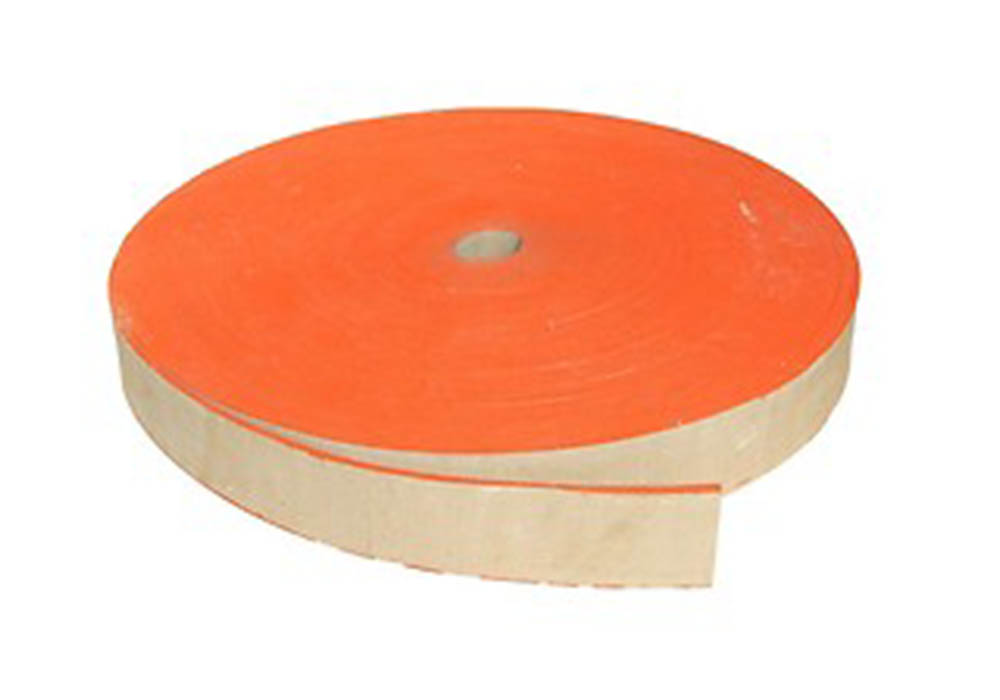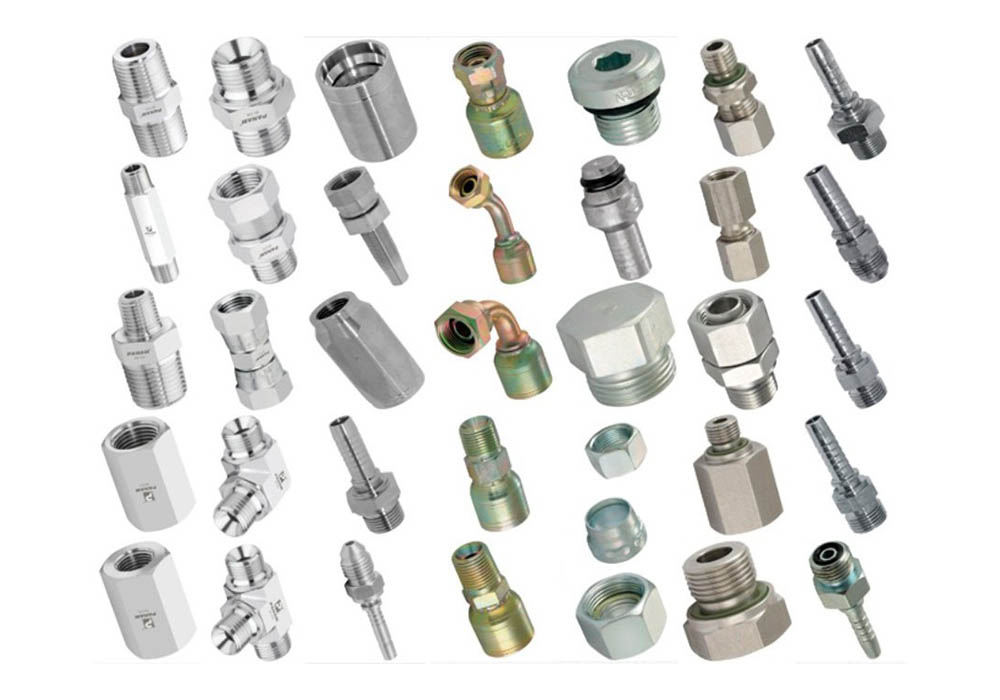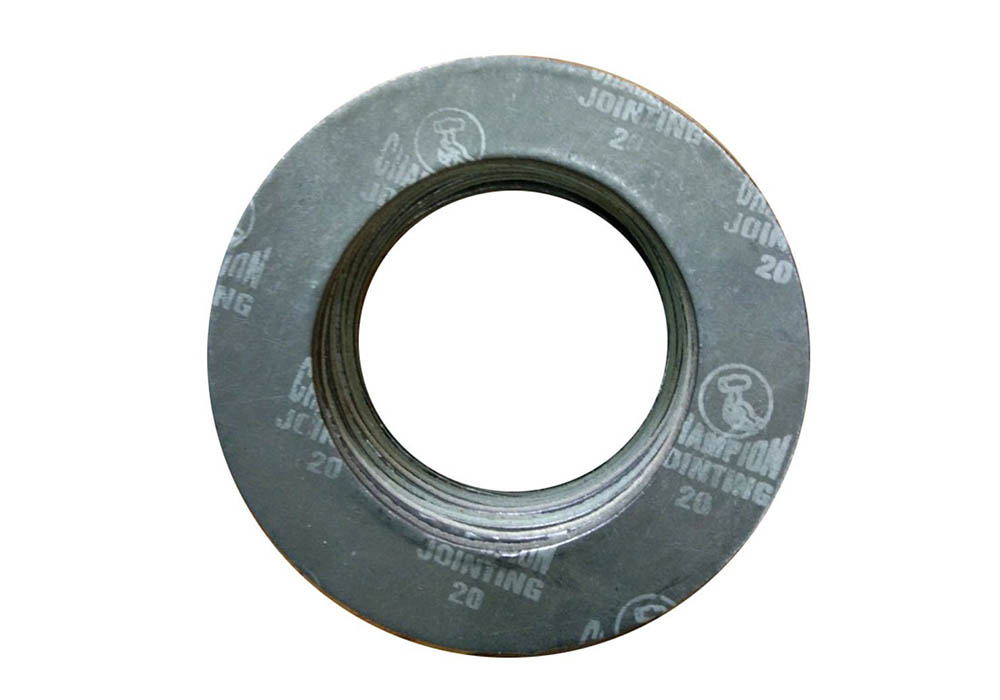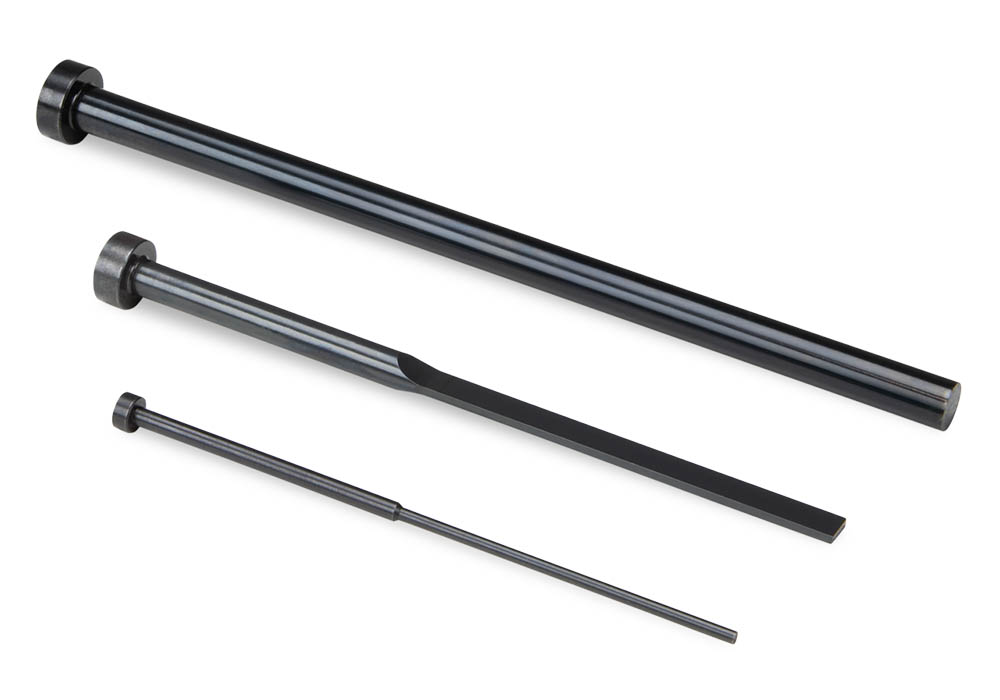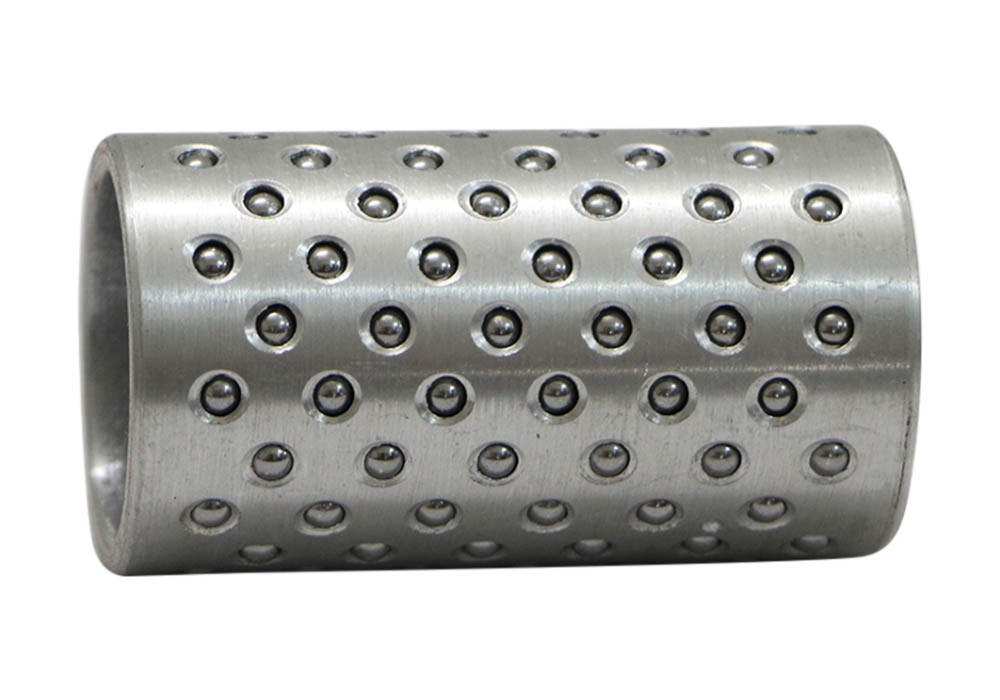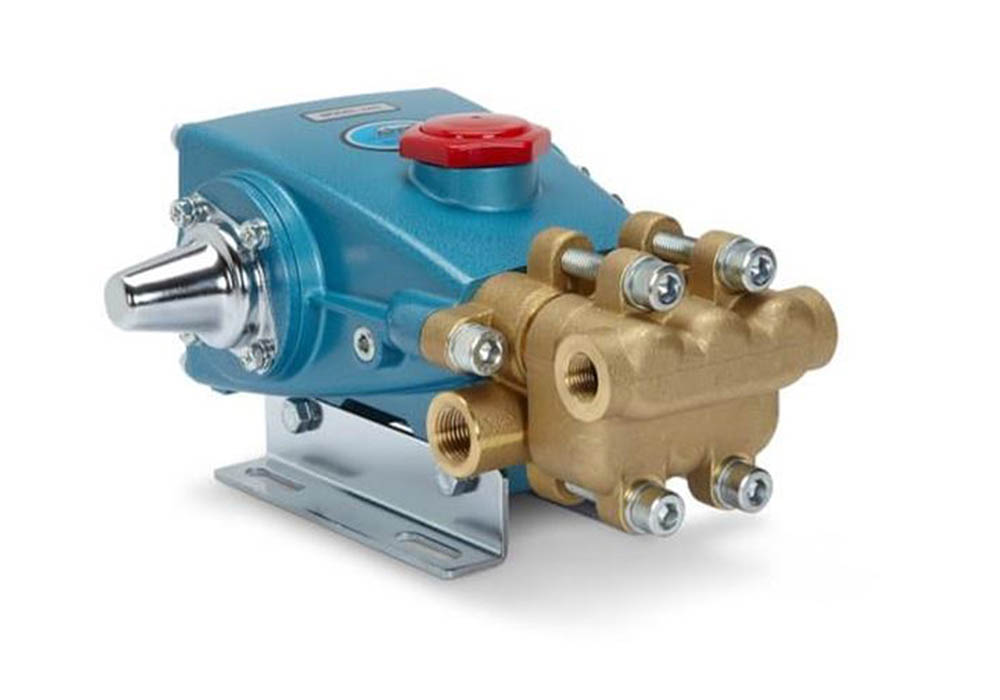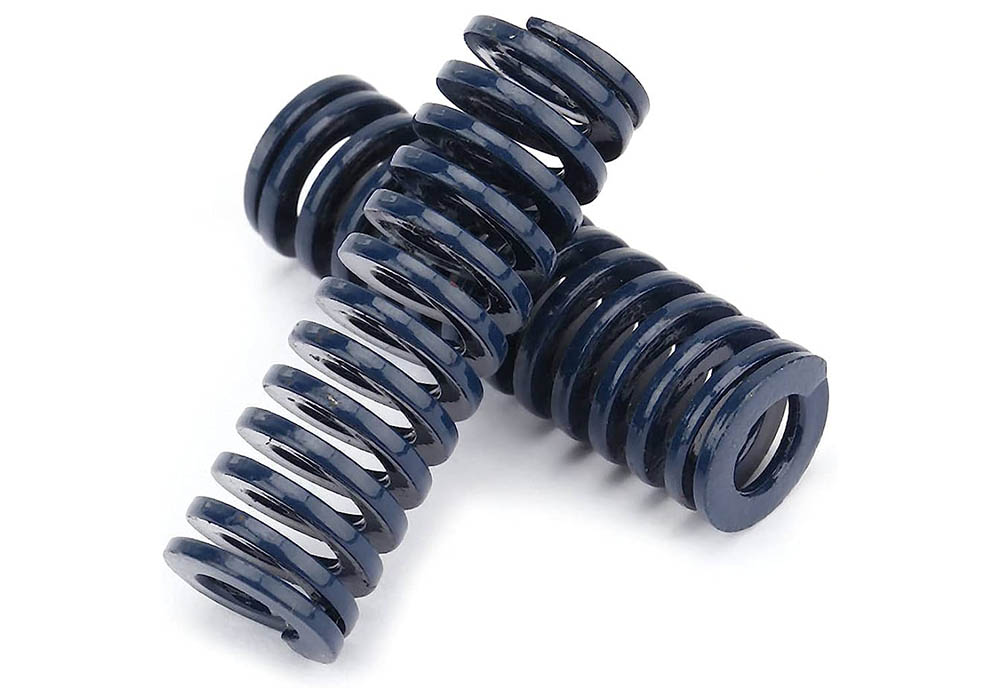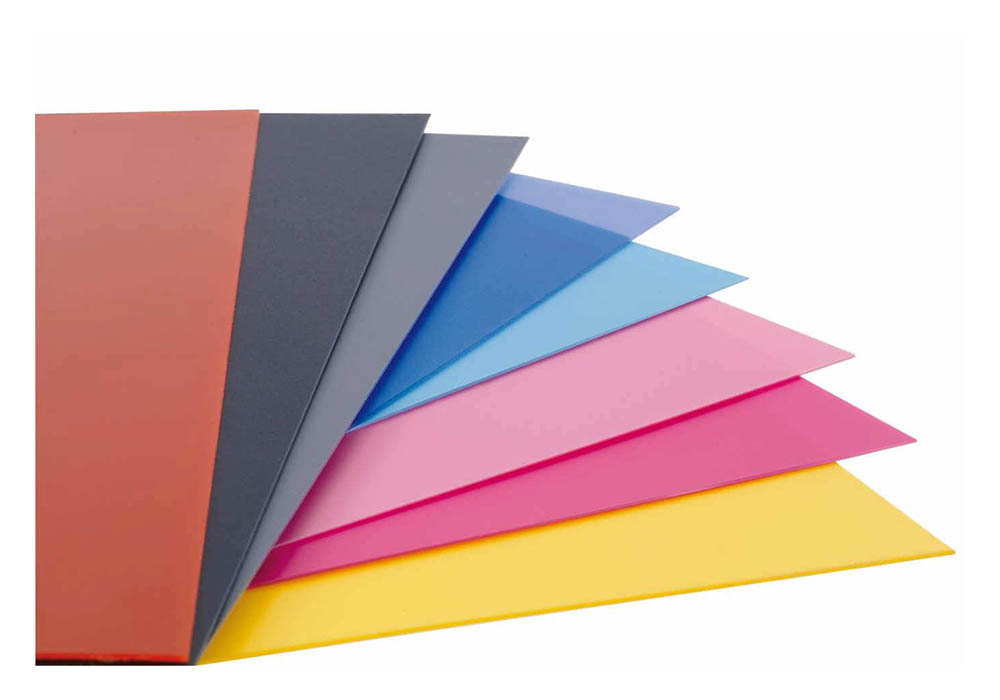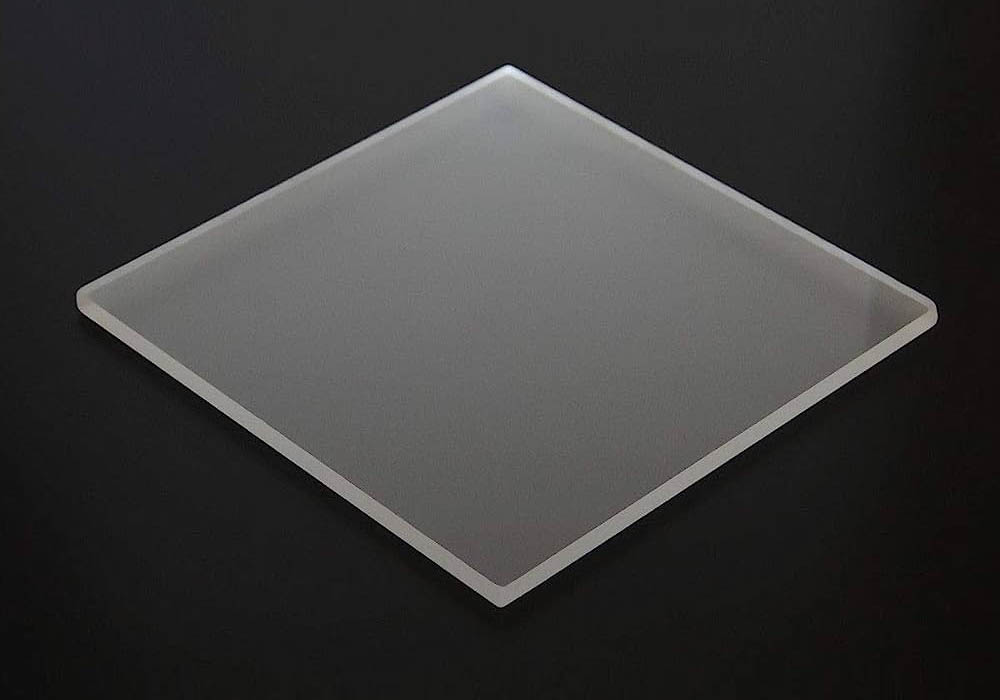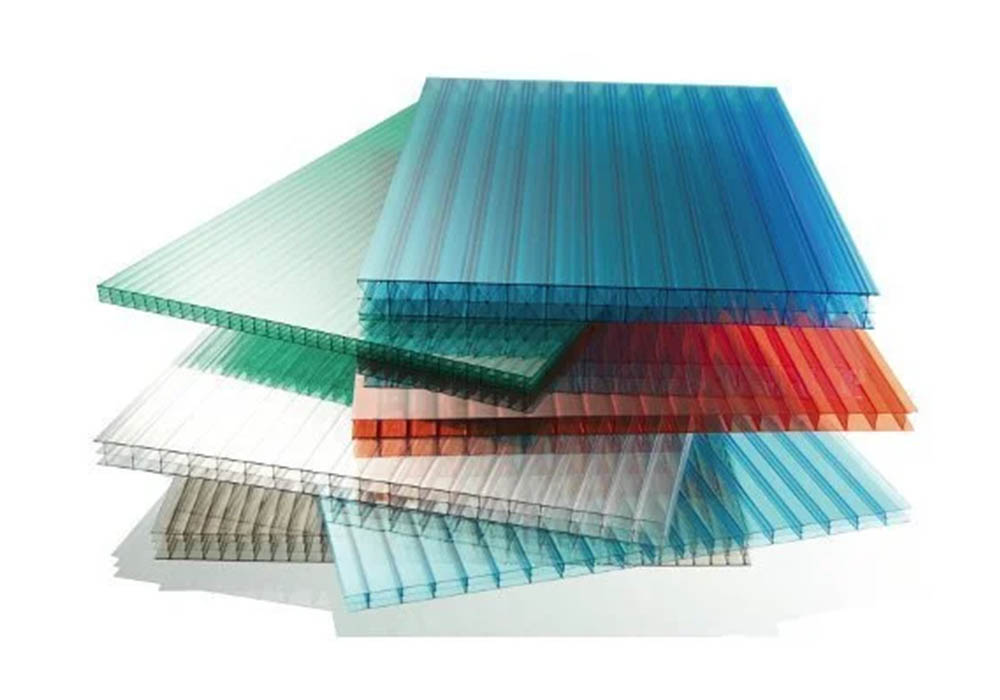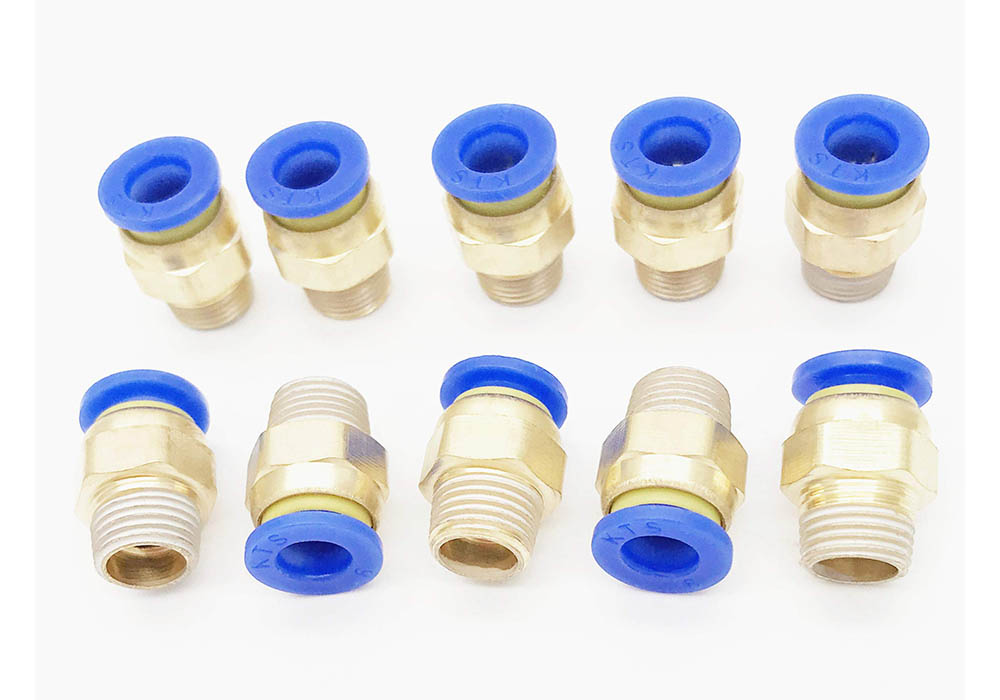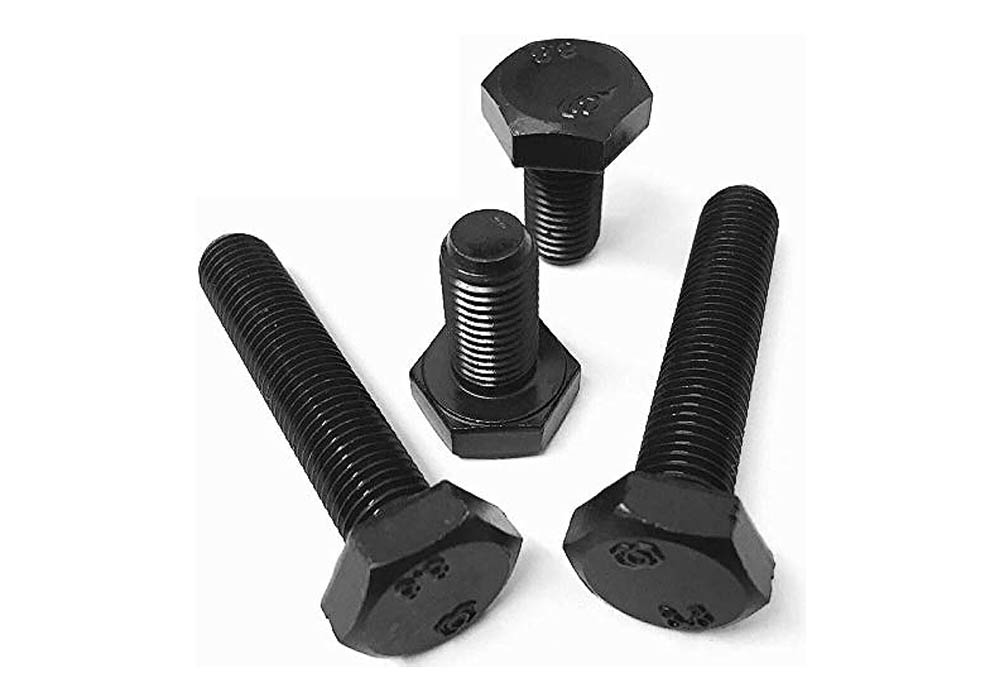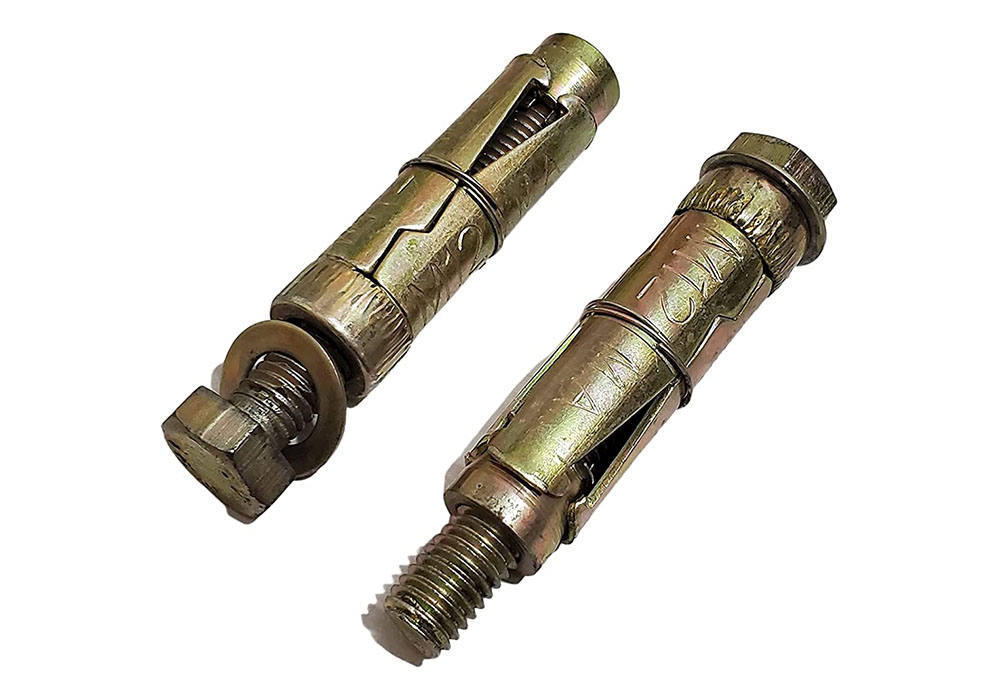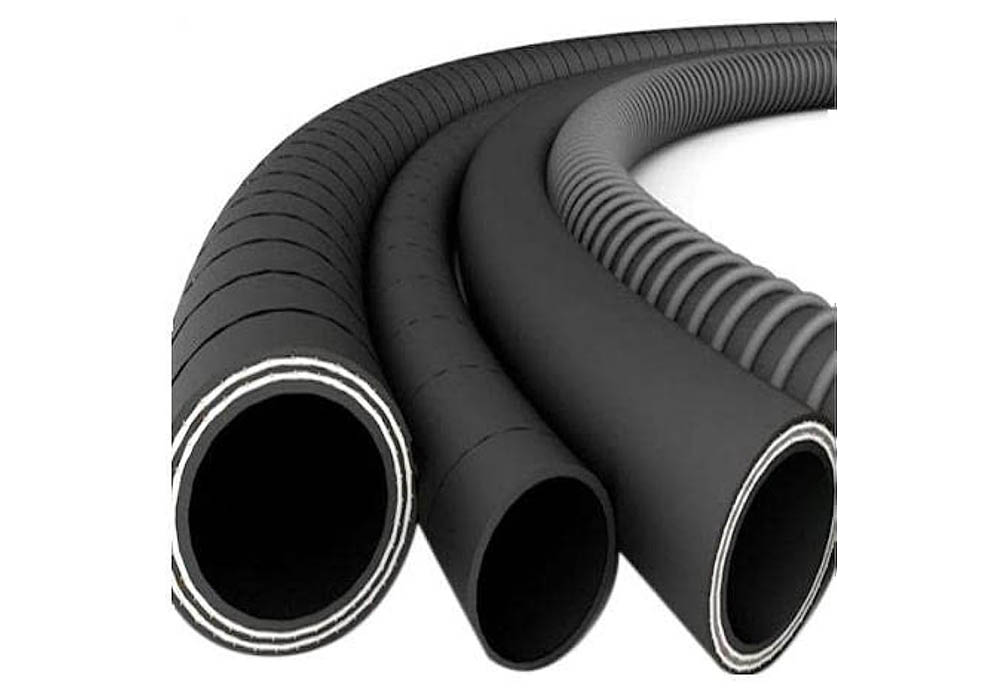
Hydraulic Fittings Suppliers, Dealers, Traders in Pune
Sujoy Enterprises is the leading Hydraulic Fittings suppliers, dealers, traders in Pune, Maharashtra. Hydraulic fittings are components used to connect hoses, tubes, and tubing in hydraulic systems.
Our high pressure hydraulic fittings operate under high pressure and are often not stationary systems. Hydraulic hose fittings must therefore be strong, versatile, and reliable in order to function safely and effectively in their respective applications. These hydraulic pipe fittings are typically subject to stringent standards governing fitting design, dimensions, and pressure ratings.
Hydraulic Fittings
A hydraulic tube is a larger diameter hydraulic tube. Generally, these are used in low pressure applications or where hydraulic hoses are not available. Connections can be made by welding or screw connections. Due to the large diameter of the pipe, it can usually be checked from the inside after welding. We are one of the leading Hydraulic Fittings Suppliers in Pune, Our experience team is the key to disparate knowledge and expertise that's evident in our services and has made us the top Hydraulic Fittings in Pune.
Hydraulic hoses are classified by pressure, temperature, and fluid compatibility. Hoses are used in applications where pipes and tubes are not suitable and typically provide flexibility in machine operation and maintenance. The hose consists of multiple layers of rubber and steel wire. The ends of hydraulic hoses usually have crimped steel connectors. The weakest part of a hydraulic hose is the connection between the hose and the fitting. Therefore, proper fitting selection and installation is essential in high pressure applications.
Reliable Features of Hydraulic Fittings
Hydraulic Fittings have many features that provide additional functionality needed for specific applications.
- • Vacuum connection fittings are designed so that fittings can be installed or connected while the system is pressurized. Expansion fittings and couplings connect sections of pipe and allow movement due to working loads, shocks, or thermal cycling.
- • Flexible fittings can be moved without damage.
- • Lined fittings are made with an integral liner. Liners are often made from engineering polymers for use in process materials and applications such as food processing where media cleanliness is critical.
- • A pre-insulated fitting consists of an insulating material or jacket structure intended to insulate the vessel and medium from external temperatures.
- • A swivel feature allows one or more connector ends to be rotated or swiveled.
Material of Hydraulic Fittings
Aluminum - Light weight and corrosion resistant. Aluminum itself has low tensile strength, corrosion resistance and low density, so it is used in low pressure applications. It is alloyed with zinc, copper, silicon, manganese and/or other metals to improve strength and hardness.
Brass - Strong, durable, corrosion resistant, ductile at high temperatures and good electrical conductivity. Brass fittings can be given a variety of protective or decorative finishes to match the plumbing finish.
Cast iron - strong and wear resistant. Iron fittings and systems are usually galvanized for added corrosion resistance, but are less common than standard steel in hydraulic systems.
Steel - Durable, strong, and highly heat resistant. Steel is an alloy of iron and carbon. It is usually alloyed with other metals to improve corrosion resistance. This is important in hydraulic applications where the fitting is in constant contact with the fluid.
Stainless Steel – Provides the strength and durability of steel with excellent corrosion resistance, making it ideal for hydraulic applications.
FAQs
-
Q1. What are hydraulic fittings and what are they used for?
Hydraulic fittings are connectors that join hoses, pipes, and tubes in hydraulic systems. These are used to transmit pressurized fluid, change its direction, or control its flow.
-
Q2. What are the types and features of hydraulic fittings?
Hydraulic fittings can be classified by material, shape, connection type, and function. These can have features such as high pressure resistance, corrosion resistance, reliability, and versatility.
-
Q3. How to choose the right hydraulic fitting for a specific application?
To choose the right hydraulic fitting, one should consider factors such as hose size, thread type, working pressure, temperature range, and compatibility with the system and the fluid.
What We Do?
We Supply All This Products
